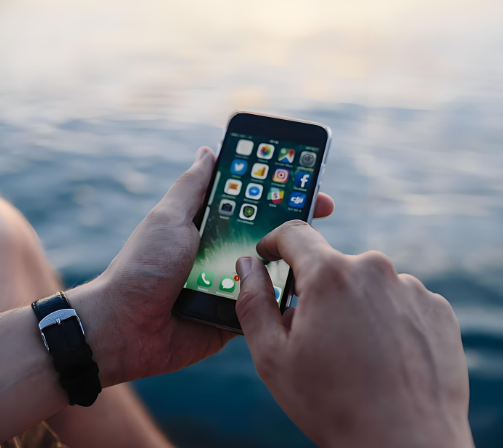How the Lifeline Program Helps Low-Income Families Connect
In today's digitally driven world, staying connected isn't just a convenience—it's a necessity for accessing education, employment, healthcare, and essential services. For low-income families facing financial constraints, maintaining reliable phone or internet service can be challenging.

That's where the Lifeline Program steps in, serving as a crucial support system to ensure these households aren't left behind in the digital age. Administered by the Federal Communications Commission (FCC), the Lifeline Program offers monthly subsidies to eligible low-income consumers, making telecommunications services more affordable. Established in 1985, the initiative has evolved over time to keep pace with technological changes, expanding from its initial focus on landline phones to now include wireless service and broadband internet—critical tools for full participation in modern society.
Eligibility for Lifeline is determined by either household income or participation in certain federal assistance programs. Families with incomes at or below 135% of the Federal Poverty Guidelines qualify, as do those enrolled in programs like Medicaid, SNAP, SSI, or Federal Public Housing Assistance. This targeted approach ensures the program reaches those who need it most. The benefits of Lifeline extend far beyond just having a working phone. For low-income families, affordable connectivity opens doors to online job applications and remote work opportunities, helping parents secure stable employment.
Students gain access to digital learning resources and virtual classrooms, preventing educational gaps. Telehealth services become accessible, allowing family members to consult doctors without incurring transportation costs. Additionally, staying connected helps families maintain social ties and access emergency services when needed. Participating in the program is designed to be straightforward. Eligible households can choose from various participating service providers, selecting a plan that best fits their needs—whether it's a basic phone plan with talk and text or a broadband package for internet access. The monthly subsidy, currently up to $9.25, is applied directly to the service bill, reducing the financial burden on families. The Lifeline Program also includes safeguards to ensure integrity and sustainability.
Strict eligibility verification processes prevent misuse, while ongoing oversight ensures providers deliver the promised services. This commitment to accountability helps maintain public trust in the program and ensures resources are directed to those who truly qualify. In times of crisis, such as the COVID-19 pandemic, the program's importance became even more evident. As schools shifted to remote learning and workplaces adopted telecommuting, Lifeline helped thousands of low-income families stay connected, ensuring children could continue their education and parents could remain employed. Looking ahead, the Lifeline Program continues to adapt to meet emerging needs. As reliance on high-speed internet grows for everything from education to healthcare, efforts to strengthen and expand the program remain vital.
By ensuring affordable connectivity for low-income families, Lifeline not only helps bridge the digital divide but also promotes greater equity, giving all Americans a chance to thrive in an increasingly connected world.